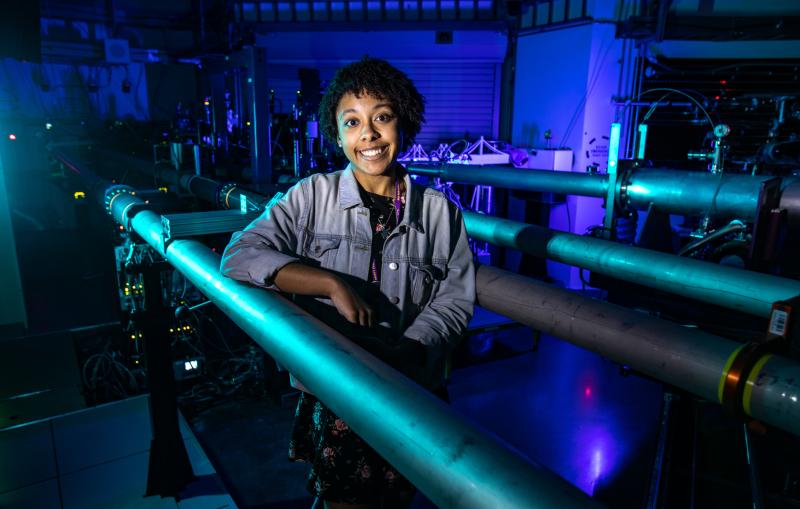
Photograph
Aalayah Spencer inside the Linac Coherent Light Source at the Department of Energy’s SLAC National Accelerator Laboratory.


Aalayah Spencer inside the Linac Coherent Light Source at the Department of Energy’s SLAC National Accelerator Laboratory.
